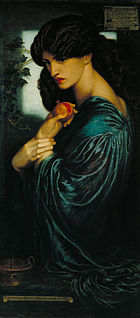
The Pre-Raphaelite Brotherhood was a group of English painters, poets, and art critics, founded in 1848 by William Holman Hunt, John Everett Millais, Dante Gabriel Rossetti, William Michael Rossetti, James Collinson, Frederic George Stephens and Thomas Woolner who formed a seven-member "Brotherhood" modelled in part on the Nazarene movement. The Brotherhood was only ever a loose association and their principles were shared by other artists of the time, including Ford Madox Brown, Arthur Hughes and Marie Spartali Stillman. Later followers of the principles of the Brotherhood included Edward Burne-Jones, William Morris and John William Waterhouse.

Gabriel Charles Dante Rossetti, generally known as Dante Gabriel Rossetti, was an English poet, illustrator, painter, and translator, and member of the Rossetti family. He founded the Pre-Raphaelite Brotherhood in 1848 with William Holman Hunt and John Everett Millais. Rossetti was later to be the main inspiration for a second generation of artists and writers influenced by the movement, most notably William Morris and Edward Burne-Jones. His work also influenced the European Symbolists and was a major precursor of the Aesthetic movement.

Alexander Baring, 1st Baron Ashburton, PC, of The Grange in Hampshire, of Ashburton in Devon and of Buckenham Tofts near Thetford in Norfolk, was a British politician and financier, and a member of the Baring family. Baring was the second son of Sir Francis Baring, 1st Baronet, and of Harriet, daughter of William Herring.

The Lady Lever Art Gallery is a museum founded and built by the industrialist and philanthropist William Lever, 1st Viscount Leverhulme and opened in 1922. The Lady Lever Art Gallery is set in the garden village of Port Sunlight, on the Wirral and one of the National Museums Liverpool.
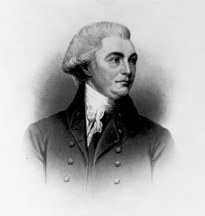
William Bingham was an American statesman from Philadelphia. He was a delegate for Pennsylvania to the Continental Congress from 1786 to 1788 and served in the United States Senate from 1795 to 1801. Bingham was one of the wealthiest men in the United States during his lifetime, and was considered to be the richest person in the U.S. in 1780.

William Michael Rossetti was an English writer and critic.

Ranger's House is a medium-sized red brick Georgian mansion in the Palladian style, adjacent to Greenwich Park in the south east of London. It is situated in Blackheath and backs directly onto Greenwich Park. Previously known as Chesterfield House, its current name is associated with the Ranger of Greenwich Park, a royal appointment; the house was the Ranger's official residence for most of the 19th century. It is a Grade I listed building. There is a rose garden behind it, and since 2002 it has housed the Wernher Collection of art.

William Bingham Baring, 2nd Baron Ashburton, was a British businessman and a Whig politician who later became a Tory.

Marie Stillman was a British member of the second generation of the Pre-Raphaelite Brotherhood. Of the Pre-Raphaelites, she had one of the longest-running careers, spanning sixty years and producing over one hundred and fifty works. Though her work with the Brotherhood began as a favorite model, she soon trained and became a respected painter, earning praise from Dante Gabriel Rossetti and others.
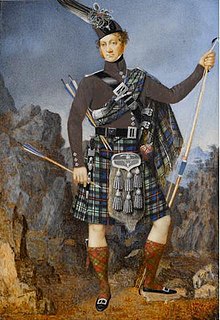
James Alexander Stewart-Mackenzie, was a Scottish politician and British colonial administrator.
Alexander Hugh Baring, 4th Baron Ashburton, was a British landowner and Conservative Party politician.

William George Spencer Scott Compton, 5th Marquess of Northampton, KG, known as Lord William Compton from 1877 to 1887 and as Earl Compton from 1887 to 1897, was a British peer and Liberal politician.

William Graham, Liberal MP for Glasgow, was a Scottish politician, wine merchant, cotton manufacturer and port shipper. He is remembered as a patron of Pre-Raphaelite artists like Edward Burne-Jones and Dante Gabriel Rossetti and a collector of their works.
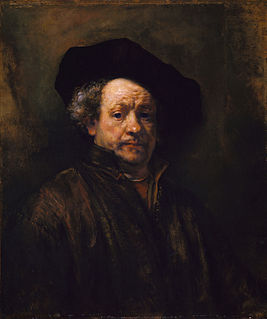
Self-Portrait is a 1660 oil on canvas painting by the Dutch artist Rembrandt, one of over 40 self-portraits by Rembrandt. Painted when the artist was fifty-four, it has been noted as a work in which may be seen "the wrinkled brow and the worried expression the troubled condition of his mind". Part of the Benjamin Altman Collection, it has been in the Metropolitan Museum of Art since 1913.
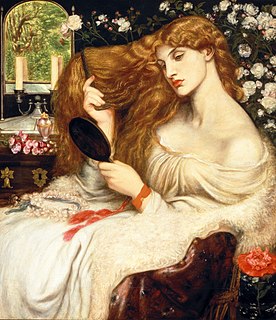
Lady Lilith is an oil painting by Dante Gabriel Rossetti first painted in 1866–1868 using his mistress Fanny Cornforth as the model, then altered in 1872–73 to show the face of Alexa Wilding. The subject is Lilith, who was, according to ancient Judaic myth, "the first wife of Adam" and is associated with the seduction of men and the murder of children. She is shown as a "powerful and evil temptress" and as "an iconic, Amazon-like female with long, flowing hair."

Anne Louisa Baring, Baroness Ashburton was the wife of Alexander Baring, Lord Ashburton and first child of William Bingham and Ann Willing Bingham.

Harriet Mary Baring, Baroness Ashburton was a socialite and hostess.

A Sea–Spell is an 1877 oil painting and accompanying 1869 sonnet by English artist Dante Gabriel Rossetti, depicting a siren playing an instrument to lure sailors. It is currently on display in the Harvard Art Museums in Cambridge, Massachusetts.

Louisa Caroline Baring, Lady Ashburton, was a Scottish art collector and philanthropist who had close connections with several artistic and literary figures of the period.

Monna Vanna is an 1866 oil on canvas painting by Dante Gabriel Rossetti. It was acquired by the collector William Henry Blackmore and later entered the collection of George Rae, one of Rossetti's patrons. It later passed from Rae to the joint ownership of Arthur Du Cros and Otto Beit and it was purchased from them by the Tate Gallery in 1916 via the NACF – it is now in the collection of Tate Britain in London.



















